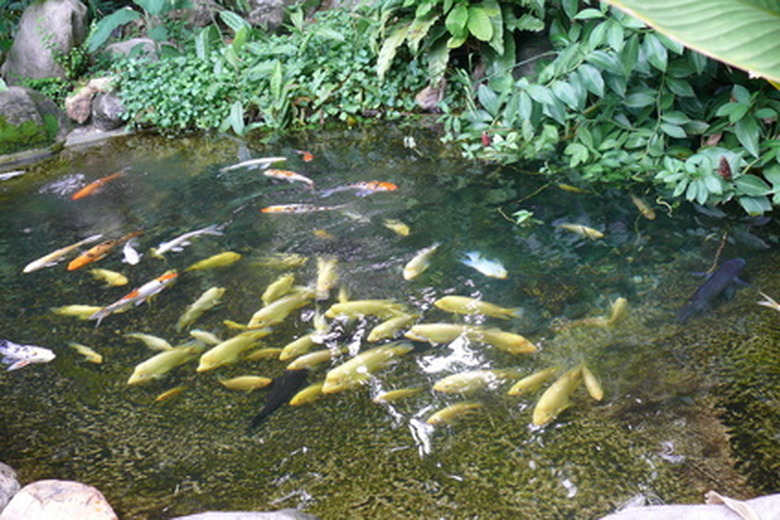How To Use A Pool Pump For A Pond
Things Needed
- Pool pump
- Connector hose
- Filter
Warning
If you use an overpowering pump in a smaller pond, the water features will likely jet upward like a geyser. Use a pump appropriate for your pond size to get the desired effects.
Homeowners often transform their backyards with man-made ponds that showcase a keen attention to detail. Without a proper pump, the water circulation will never behave quite right and any incorporated wildlife will have trouble surviving the artificial environment. Some people opt to use a pool pump for their ponds instead of a recommended pond pump in order to save on upfront costs, to reuse an old pump or sand filter, or because they don't know the differences between pond pumps and pool pumps.
Step 1
Choose a location for the pump. Pool pumps create more noise than pond pumps so you may want to house the equipment in a nearby shed to dampen the sound. Place the pump close to or below the water level of your pond for efficient operation. The closer you place the pump to your water features, the more efficiently it will operate.
Step 2
Camouflage the unit so it blends in with the other landscaping. Because swimming pool pumps usually come in shades of blue or stark white, consider hiding yours behind foliage or a boulder or painting it a dark earth tone to help disguise it.
Step 3
Attach the connector hosing to the pump and filter system. If you are using a sand filter, do not use sand or other granular bedding in the pond because these materials will clog a high-powered filter.
